The Science of Pasteurization in Sous Vide Cooking
In the culinary world, few techniques have revolutionized precision cooking as profoundly as sous vide. This method, which involves sealing food in airtight bags and cooking it in a temperature-controlled water bath, has gained widespread popularity among professional chefs and home cooks alike. While much attention is given to sous vide's ability to deliver perfect doneness and texture, its equally important role in food safety through pasteurization deserves deeper exploration.
The principle behind sous vide pasteurization lies in the careful balance of time and temperature. Unlike traditional cooking methods that often rely on high heat to kill pathogens quickly, sous vide achieves microbial safety through prolonged exposure to lower temperatures. This approach not only preserves the food's moisture and texture but also effectively eliminates harmful bacteria when proper protocols are followed.
Understanding the thermal death curve of pathogens is crucial for effective sous vide pasteurization. Different microorganisms have varying resistance to heat, with some requiring higher temperatures or longer exposure times to be neutralized. The most concerning pathogens in cooked foods include Salmonella, Listeria monocytogenes, and Escherichia coli, all of which can be effectively controlled through proper sous vide techniques.
One of the key advantages of sous vide pasteurization is its precision. Traditional cooking often leads to overcooked exteriors before the interior reaches safe temperatures. With sous vide, the entire product reaches and maintains the target temperature evenly, ensuring consistent pasteurization throughout without compromising quality. This is particularly valuable for delicate proteins like fish or for achieving perfect medium-rare doneness in beef while still ensuring safety.
The relationship between temperature and time in sous vide pasteurization follows logarithmic reduction principles. At lower temperatures within the effective range, longer holding times are required to achieve the same microbial reduction that higher temperatures would accomplish more quickly. For instance, chicken breast cooked at 60°C (140°F) requires about 35 minutes to achieve a 7-log reduction of Salmonella, while at 65°C (149°F), only about 4 minutes are needed for the same level of safety.
Challenges in sous vide pasteurization often stem from misconceptions about the technique. Some assume that because the cooking temperatures are lower than traditional methods, the food must be less safe. In reality, when proper time-temperature combinations are followed, sous vide can be equally or more effective at pasteurization than conventional cooking. The critical factor is maintaining the food at the target temperature for the required duration to achieve the necessary pathogen reduction.
Another consideration is the importance of proper handling before and after sous vide cooking. While the cooking process itself effectively pasteurizes the food, contamination can occur during preparation or storage. Foods should be handled with care before vacuum sealing, and cooked items should be either served immediately or properly chilled and stored if not consumed right away. For extended storage, rapid chilling in an ice bath followed by refrigeration is essential to prevent bacterial growth.
The vacuum sealing aspect of sous vide plays a significant role in both quality and safety. By removing oxygen from the packaging, the growth of aerobic pathogens is inhibited. However, this creates an environment where anaerobic bacteria like Clostridium botulinum could potentially thrive if proper temperature controls aren't maintained. This underscores the importance of never holding foods in the temperature danger zone (4-60°C or 40-140°F) for extended periods.
Validating sous vide processes is critical for both commercial kitchens and home users. Reliable temperature monitoring equipment, calibrated water baths, and adherence to established time-temperature guidelines ensure consistent results. Many food safety agencies provide detailed tables indicating the required holding times at various temperatures for different types of food, which should serve as the foundation for any sous vide cooking program.
For delicate foods like eggs or fish, sous vide pasteurization offers particular advantages. These items can be pasteurized at temperatures that would be impossible with conventional cooking without completely altering their texture. This allows for safe preparation of soft-cooked eggs or medium-rare fish that would carry higher risks if attempted through traditional methods.
The future of sous vide pasteurization may see even more precise control and monitoring through smart technology. Connected devices that log time-temperature data automatically could provide additional safety assurance, while advanced modeling of thermal transfer in different food matrices could lead to optimized pasteurization protocols for various ingredients.
As sous vide continues to evolve, its role in food safety through controlled pasteurization remains one of its most valuable yet sometimes overlooked aspects. By understanding and respecting the science behind time-temperature relationships in microbial reduction, cooks can harness the full potential of this technique to create foods that are both exceptionally delicious and microbiologically safe.
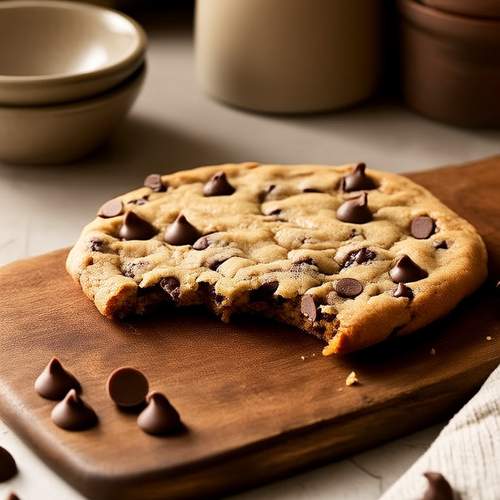
By /May 26, 2025
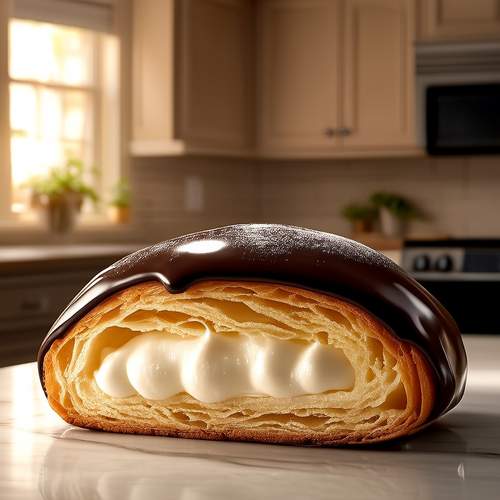
By /May 26, 2025
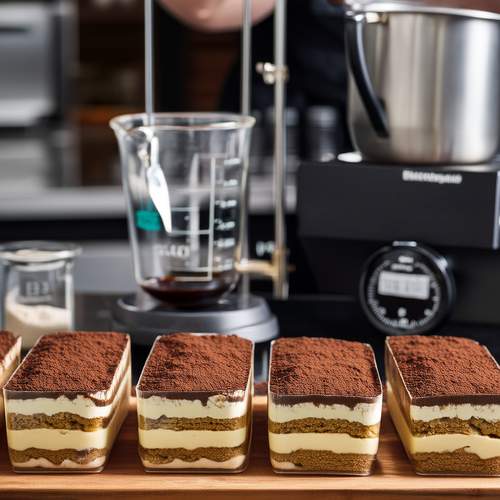
By /May 26, 2025
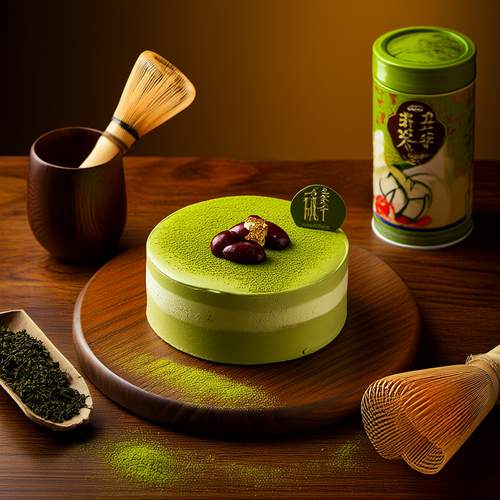
By /May 26, 2025
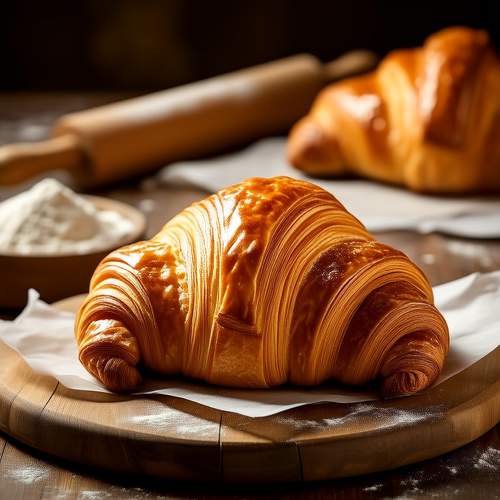
By /May 26, 2025

By /May 26, 2025

By /May 26, 2025
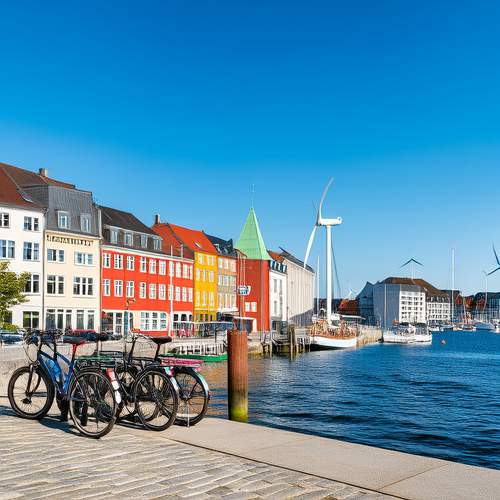
By /May 26, 2025
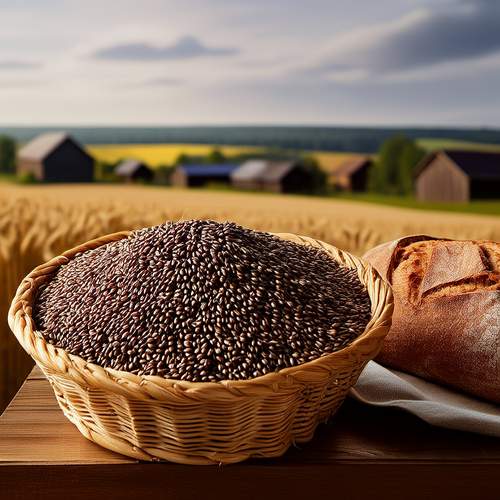
By /May 26, 2025
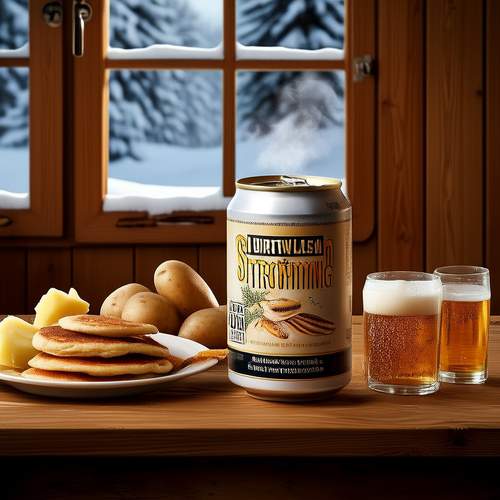
By /May 26, 2025
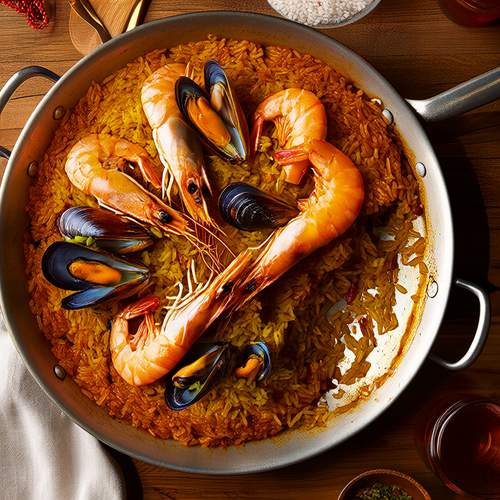
By /May 26, 2025
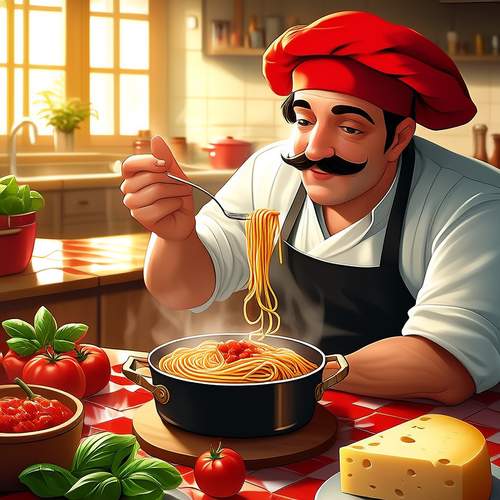
By /May 26, 2025
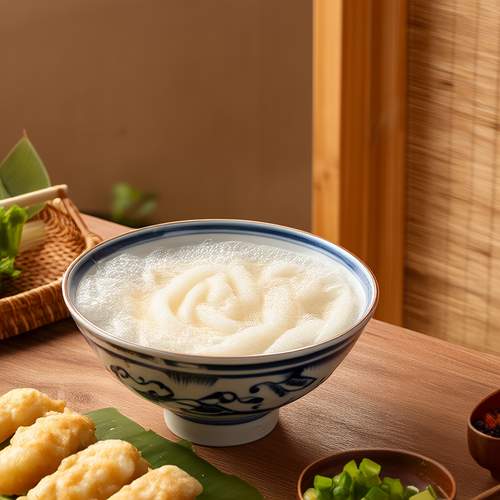
By /May 26, 2025
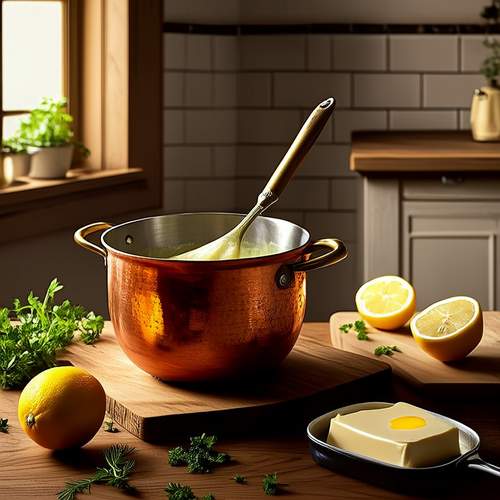
By /May 26, 2025

By /May 26, 2025
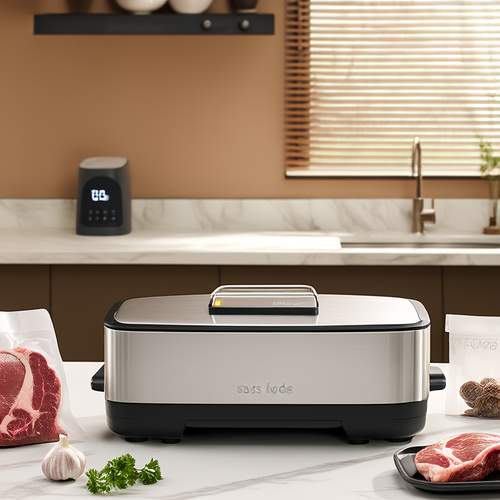
By /May 26, 2025
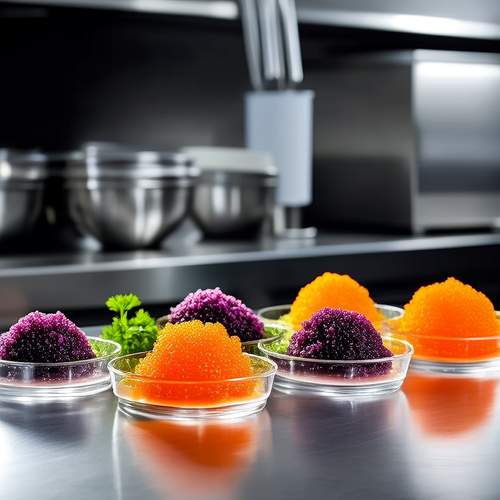
By /May 26, 2025
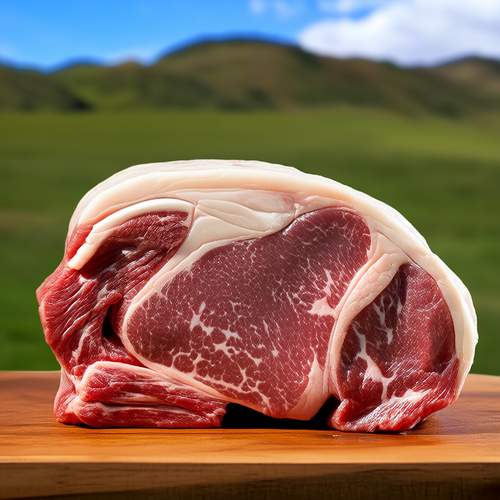
By /May 26, 2025
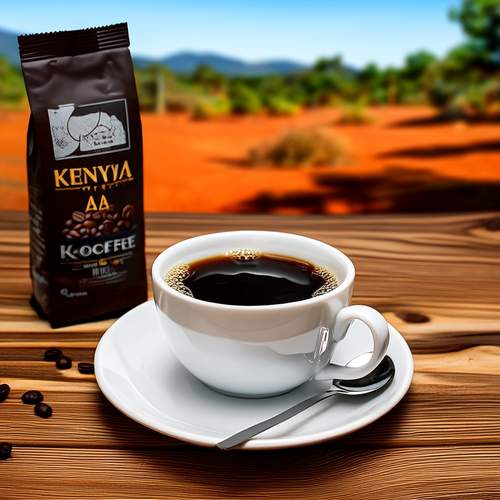
By /May 26, 2025
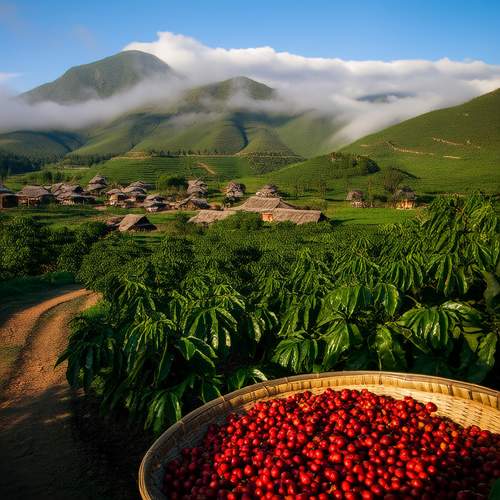
By /May 26, 2025